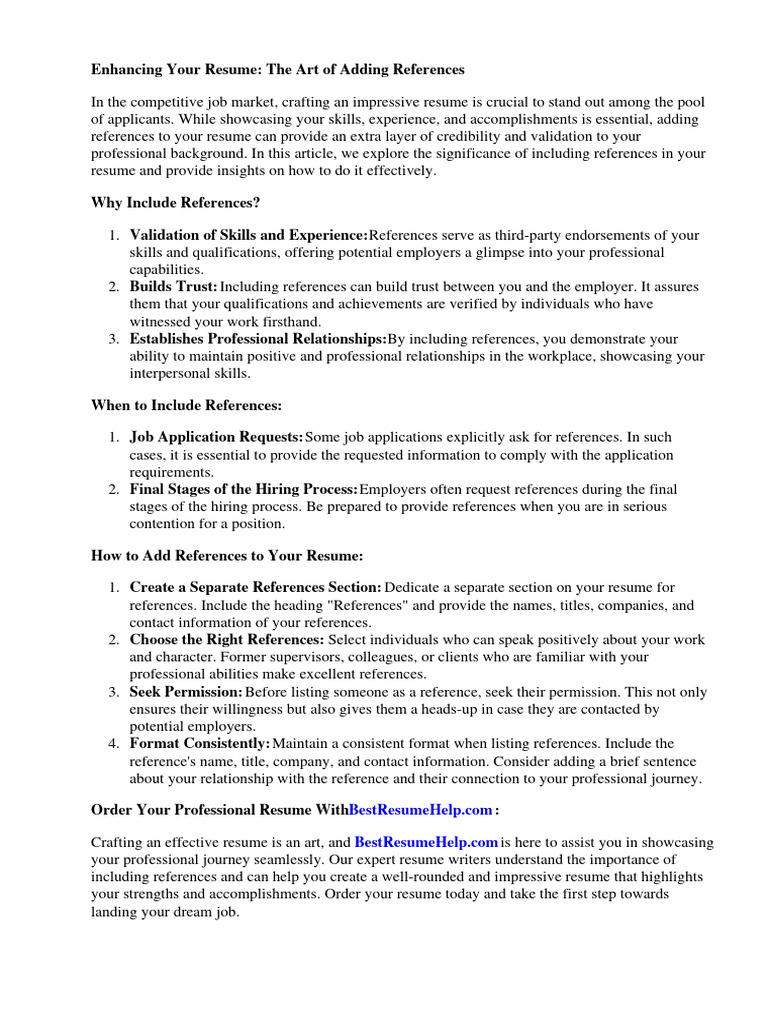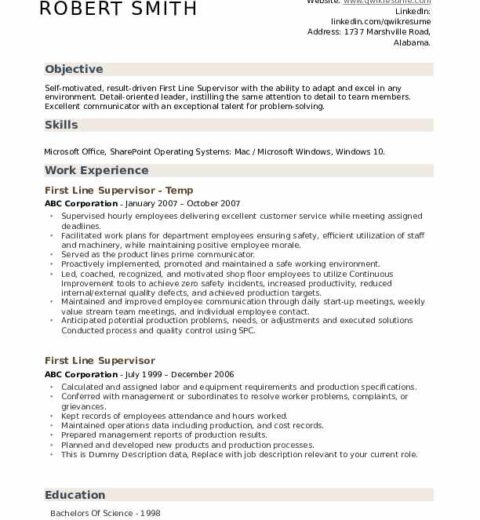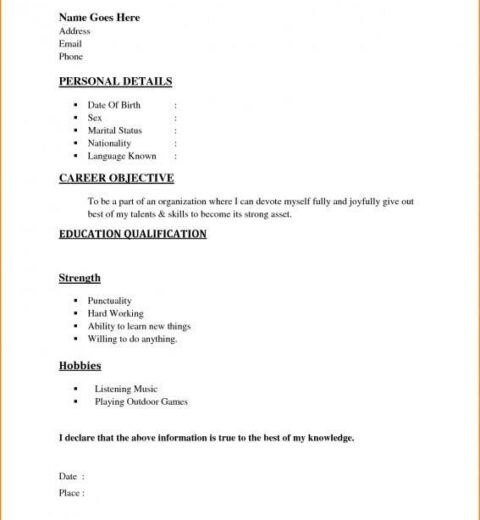When it comes to crafting a resume, the inclusion of references can be a critical aspect that enhances your candidacy, yet the manner in which these references are presented can either bolster or undermine your professional image. It’s essential to approach this element with strategy to ensure that it conveys confidence rather than desperation. Here, we delve into how to add references to your resume with finesse, emphasizing key characteristics and aesthetic appeal.
To begin, it’s important to understand the role of references. They serve as a validation of your skills, work ethic, and character. Employers appreciate references as they provide a window into your potential contributions based on previous performance. The right references can augment your narrative, showcasing your capabilities through the lens of those who have witnessed your professional journey firsthand. Therefore, the choice of references should reflect a strategic thought process.
One fundamental principle is to select the right individuals to serve as your references. Opt for former supervisors, colleagues, or mentors who can articulate your strengths and delineate experiences that are relevant to the position for which you are applying. Consider those who can speak volumes about your work in a manner that is both positive and substantive. This not only strengthens your position but also means that you are not leaning on acquaintances who may not understand the intricacies of your professional abilities.
Once you have identified the ideal references, the next course of action involves structuring this information aptly. Instead of merely listing names and contact details, create an aesthetically pleasing reference section. This can be achieved by formatting it similarly to a professional header to maintain uniformity throughout your resume. A clean and cohesive format may include the name, title, organization, relationship to you, and contact information for each reference.
Moreover, it can be prudent to preemptively inform your references about their inclusion in your job application process. By doing so, you not only respect their time but also give them a heads-up regarding their forthcoming conversations with potential employers. This approach not only fortifies your relationship with your references but also enhances their ability to provide well-informed endorsements. It ensures that they have the context of the role you are pursuing, allowing them to tailor their recommendations accordingly.
In terms of where to place your references within your resume, considerations abound. The conventional wisdom dictates that references can be placed on a separate page at the end of the resume or included upon request. However, in the interest of best practices, it is often suggested to refrain from including references on the initial resume submission. Instead, you may opt to mention that references are available upon request. This strategy projects confidence—signifying you have solid endorsements without cluttering the core message of your resume.
Another critical aspect to bear in mind is the tone and language utilized when discussing your references. Avoid excessive euphemisms or flowery language that may come across as pandering. Instead, adopt a straightforward approach, complimented by a professional tone. For instance, rather than stating, “I have friends who would be happy to vouch for me,” one might say, “References from previous supervisors are available upon request.” This shift not only sounds more confident but also lends to a more polished overview of your professional image.
In terms of confidentiality, you must also tread lightly. It’s essential to understand that some references may prefer to keep their involvement discreet until a decision point is reached in the hiring process. Thus, while you can broadly list them as available, ensure you respect their wishes regarding when and how their information is shared. This approach demonstrates professionalism and an understanding of the intricacies involved in the reference-checking process.
If you are in a position where it is common practice to include references directly on a resume, consider limiting your selections. Instead of a laundry list of acquaintances, two to three carefully chosen individuals can suffice, provided they represent diverse facets of your professional life. This not only conserves space but also elevates the quality of the endorsements. Quality over quantity is paramount.
In conclusion, the manner in which you incorporate references into your resume can significantly impact your professional narrative. By selecting pertinent individuals, formatting their information meticulously, and communicating effectively, you can enhance your resume without appearing desperate. Your references should serve as powerful testimonials that affirm your qualifications and bolster your candidacy in a competitive job market. Through strategic presentation and thoughtful consideration, you can seamlessly integrate references into your resume—creating an aura of professionalism and poise that resonates with potential employers.




